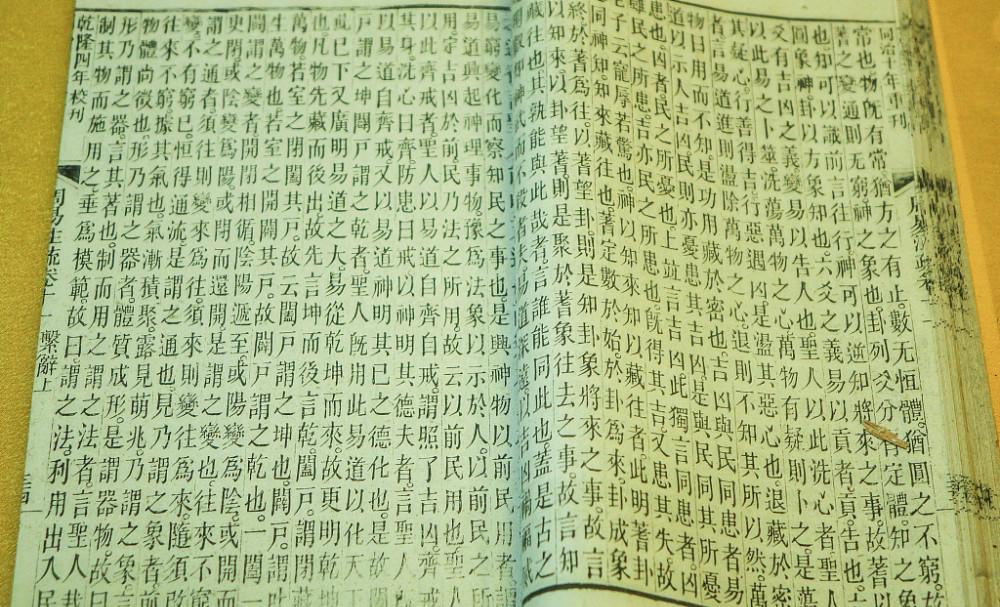The restoration of ancient books and ancient paintings and calligraphy is not what everyone thinks: it is simply to repair and repair, and to finish the work ~ Before many work procedures are carried out, it is often necessary to study ancient books and ancient paintings and calligraphy, understand the data behind them, and then issue a restoration plan according to the relevant data, and only after passing the final review can the restoration be carried out. The following takes the dyeing method as an example to briefly talk about the "secret" behind the restoration techniques of ancient books and ancient paintings and calligraphy.

In traditional Chinese painting, the color is mainly divided into two categories, one is mineral color, which is what we usually call "stone color", and the other is plant color, that is, "water color". Mineral colors include stone blue, stone green, cinnabar, stone yellow, male yellow, clam powder, etc.; plant color such as garcinia, flower blue, annatto, akewarm and so on. These pigments are required for the full-color and dyeing processes of the restoration of ancient paintings and calligraphy.
The dyes needed to restore ancient books are mainly plant colors, such as oak bowls, gardenias, locust rice, black tea, garcinia, ochre, flower blue and ink can be used as dyeing paper dyes, of which oak bowls are the more common dyeing pigments. Compared with the dyeing of several plant dyes such as oak bowl, black tea, gardenia and locust rice, the color stability of oak bowl dyeing paper is better. When cooking dyeing water in an oak bowl, you need to boil the oak bowl on high heat, and then reduce the heat to cook for no less than 3 hours. The color intensity can be adjusted to adjust the proportion of the oak bowl to the water, do not try to adjust the thickness in the boiled stained water with water.
gardenia
The traditional dyeing methods mainly include brush dyeing, dip dyeing, pull dyeing and so on. The restoration of ancient books mostly uses the method of dip dyeing and pull dyeing, while the restoration of ancient calligraphy and paintings mostly uses the method of brush dyeing.
Brush dyeing
First of all, use a row pen to first brush the blended color on the case, spread the rice paper, and then dip the dyeing water to brush on the rice paper, the brushing force should be uniform, dry and wet should be appropriate, and then use the brown brush to brush the second layer of rice paper, dip the dyeing water and then brush on the rice paper, with the same procedure and so on, generally dyeing ten sheets at a time, after dyeing the last one, turn over the brown brush brush flat, the purpose of which is to make the color precipitation even. The dyed paper is then picked up with a drying rod and placed on the drying rack. After drying, remove and set aside. Brush dyeing is suitable for paper with less dyeing, and the dyeing is relatively uniform.
Disseminated
Pour the boiled dyeing water into the sink, put about 10 sheets of paper into the sink to smooth it out, use a small bowl to scoop the dyeing water onto the paper, pour the water evenly, and after the paper is soaked, take it out and control the excess dyeing water. Pile on a paper rack to dry. After drying, uncover and set aside. Impregnation is suitable for dyeing a large amount of paper, and the dyeing is relatively dark and shallow.
Pull dye
Fix the stained paper port to a rod, slowly enter the color pool from this end of the rod, gradually pull the subsequent paper into the pool, and pull the dyed paper out of the pool and dry it for later use. Be careful not to let the paper touch the edge of the pool, and the paper should be pulled up evenly.
Excerpt from: Wang Hongmei (Beijing Palace Museum) "Ancient Books and Ancient Calligraphy and Painting Restoration Techniques Similarities and Differences", reproduced for sharing purposes, if there is infringement, contact to delete!
【Recommended reading】
When is the best effect of deacidification in ancient books?
The application of the "tray" of the bracket technique in the restoration of archives
What is the difference between the pouring method and the paper copying method between the two different traditional papermaking processes in China?
The harm of acidification in paper archives and the prevention and control of acidification cannot be delayed